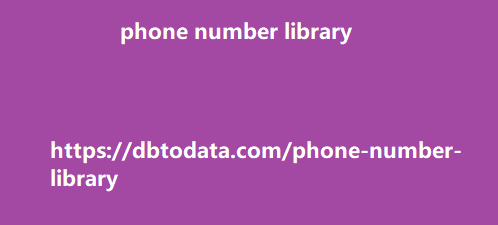Some of these include: the HTML text the main visual title or headline header tags prominent content made with style treatments live on the SERPs, Google’s recommendation to site masters is to still ensure that they create good HTML title tags. Out of all of the factors, Google approximates that 80% of the time title tags will be the basis of the generated titles. Now that you know more about the Page Title Update, let’s talk about what happened when the new system went live. Impact on search results Last week, multiple webmasters spoke up about the new title tags that were being generated for their pages.
Some are even calling it the “titlepocalypse.” The
cause of frustrations was mostly the inaccuracy of the title tags being created by the new system. This has led to drops in traffic and the CTR of affected pages, which is a good cause of concern for any website owner. Here are just a few examples of the concerns people had with the new title tags generated by Google’s page title update. Copy is not found on the page One common concern is for title tags created from content not found on the page. Take a look at what happened to our landing page for the keyword “SEO Philippines” on Google.
The HTML title tag we placed directly
matched the keyword, but Google’s new page title system changed it to this. Google Page Title Update On SEO Hacker’s LP What’s even more questionable is that if you look through the content, there is no mention of the phrase “best SEO in the Philippines” either. Other webmasters have also experienced the same phenomenon, with some noticing that the title tags were generated from the anchor texts of internal and external links. The problem with this is that they may not be able to completely summarize what a page is about. Informal capitalizations Notice anything else in the example above? That’s right, the informal capitalization.
Web owners have also been sharing screenshots
of their newly generated title tags having different capitalizations. This can look unprofessional to a searcher, which can lead to them not clicking on the page. Take a look at the example SEO writer Jennifer Slegg shared in a tweet last week. Screenshot of Informal Capitalizations Caused By Google’s Page Title Update Inaccurate search intent One of the more concerning industries affected by the update is the medical industry. With Your Money or Your Life (YMYL) content, accuracy is crucial as the information can affect people’s health. One of the examples going around is the changing of pages from the UK’s National Health Service website.
In a series of tweets by Dan Barker, he showcased
the occurrence originally spotted bosnia and herzegovina phone number library by SEO consultant Jenny Hearn on the website’s page about the flu. NHS Flu Page Content As you can see above, the page’s search intent is quite informational. It talks about flu symptoms, how to treat it, how to avoid spreading it, and more. However, after the page title update, this is what their page looked like on the SERPs. NHS Flu Page SERP Result Google labeled their page about the flu into “Flu Vaccinations”. Multiple members of the community have spoken up about this inaccuracy and how it can be dangerous for searchers.
How Google is responding to concerns You may
be wondering how Google responded to these concerns. First, they opened a thread where people can share their feedback on the new update. All web owners are free to reply to it with screenshots as well as the URLs of their affected pages. Secondly, Google’s Danny Sullivan replied to some tweets suggesting a page in Google Search Console that will allow web owners to choose which pages they do not want to have automatic title tags. Personally, I noticed that after a few days the title tags reverted to their initial state. Google must have seen the concerns of their community and gone back to the drawing board for this one.
There are a lot of factors you have to consider when
you want your blog to be successful. It’s piadina di santarcangelo: a brand from not just about writing good quality articles. One of which would be user engagement for your posts. So if you have a blog, but feel that your visitor’s engagement with your blog is minimal at best, then this post is for you. In this post, we’re going to look at the 8 ways you can increase blog engagement for more comments, social shares, and links. Avoid Intrusive and Distracting Ads Do you have ads on your blog? Do you have email opt-in popups? If you have something that is getting in the way of your visitors finding and consuming your content, then you have to ask yourself if blog engagement is truly your goal.
If it is, you need to remove them or restructure
them to not interfere with you uk data r content. This site, for example, has about eight ad blocks in this small section of the screen, all of which have to reload when you move to the next slide. ad-littered-page If your blog looks a lot like this, not only are you obscuring your content, you are also killing your page load time due to the number of ad servers that the site needs to connect with. This means more visitors are abandoning your page than engaging withdon’t make them intrusive or distracting.

